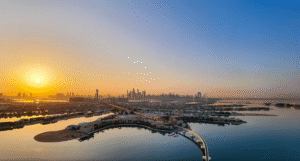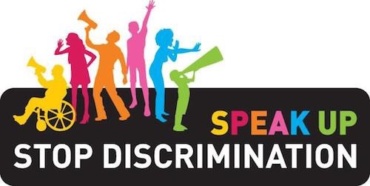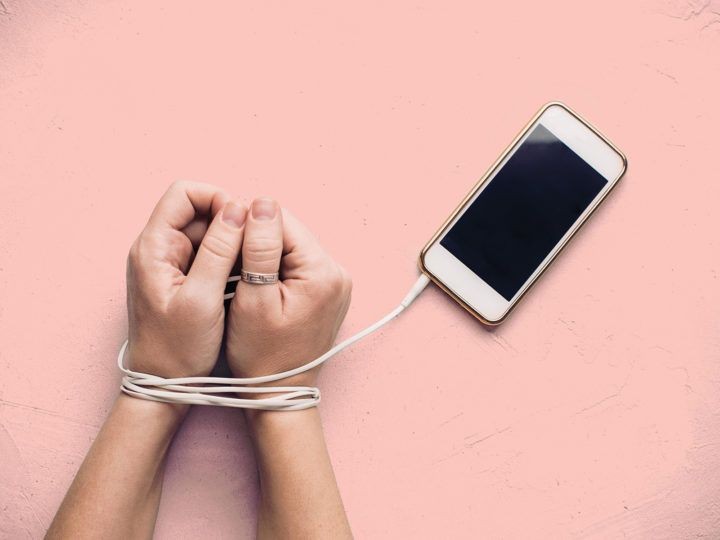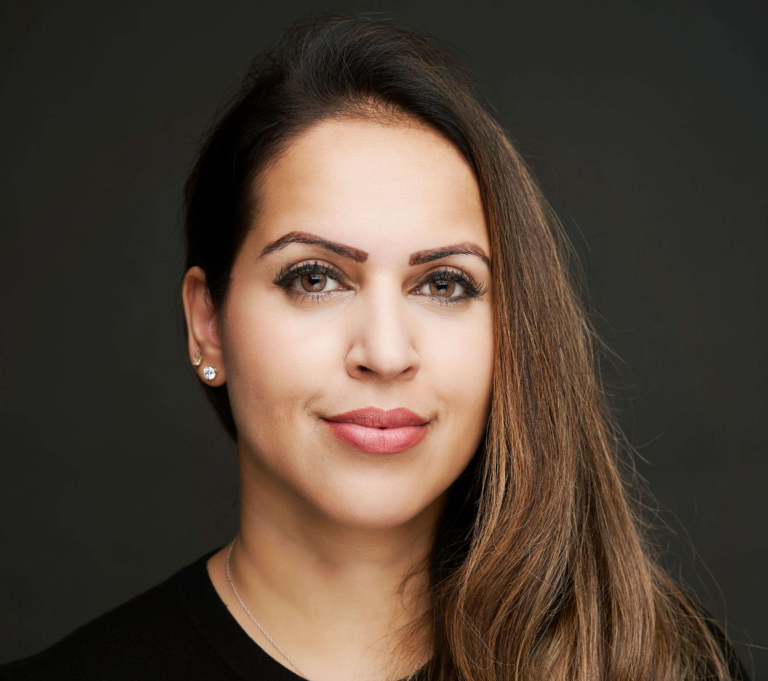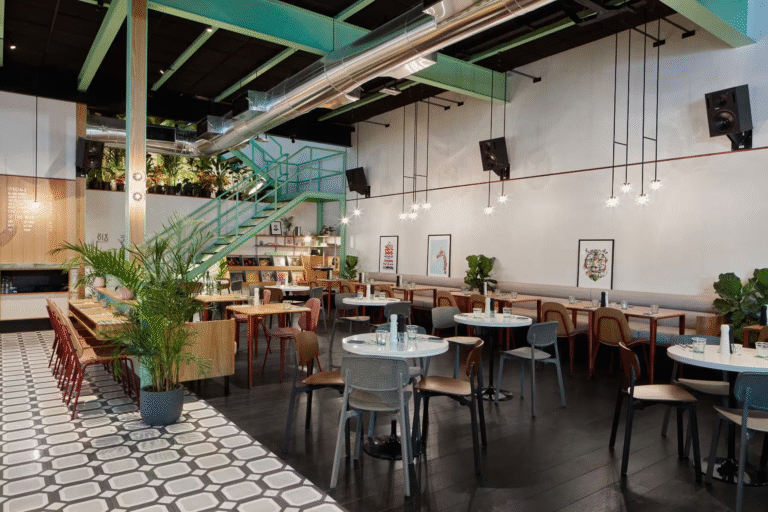Despite our world evolving and developing more and more from day to day , and even with it becoming available for a more variety of people everyday, the world remains inaccessible for disabled people.
One billion people, or 15% of the world’s population, experience some form of disability, and disability prevalence is higher for developing countries. One-fifth of the estimated global total, or between 110 million and 190 million people, experience significant disabilities. Disabled people are a large minority group who live in segregation, isolation, and even pity , they are deprived of resources and largely overlooked by society.
Disability includes blindness, low vision, hearing impairment, loco motor disability, mental illness, many more… They are unable to use public places due to discrimination and are unable to obtain the same rights as a non-disabled individual.
Negative and misleading knowledge about disability in popular media influences our attitudes and actions toward people with disabilities.
People with disabilities often face problems. Firstly ,exclusion ,disabled people are often left out of social activities, others may be hesitant to make eye contact or approach those with a visible disability.Secondly, stereotyping, people with disabilities are often stereotyped as incompetent or incapable of thinking or behaving for themselves. Thirdly, discrimination, despite the fact that discrimination against disabled people is illegal in many countries, they are often denied employment, housing, and other opportunities due to misconceptions and stereotypes regarding them.
Persons with disabilities are more likely to experience adverse socioeconomic outcomes such as less education, poorer health outcomes, lower levels of employment, and higher poverty rates.
Persons with disabilities lack access to employment opportunities and even if they are able to get employment they face problems such as reasonable accommodation at work, accessible public transportation to get them to work and back and ignorance about their potential at work.
A society which systematically excludes disabled people teaches us not to value or account for their needs.. Everyone’s view of disability is influenced by a long history of stigma.Where do your attitudes and opinions come from? Whose needs and wants are you prioritizing, and why? Examine what you believe and how you respond to disability. This is a necessary step in unraveling the negative assumptions that society has taught you and everyone else about disability.
And…the current circumstances don’t make it easier , as COVID-19 continues to have wide- reaching impacts across the globe, it is important to note how people with disabilities are uniquely impacted by the pandemic, including health, education, and transport considerations.
It’s totally ok to admit that you don’t know about these things, or that you may have been misinformed in the past. But , it is also your duty to educate yourself about how to treat disabled people right in the future.
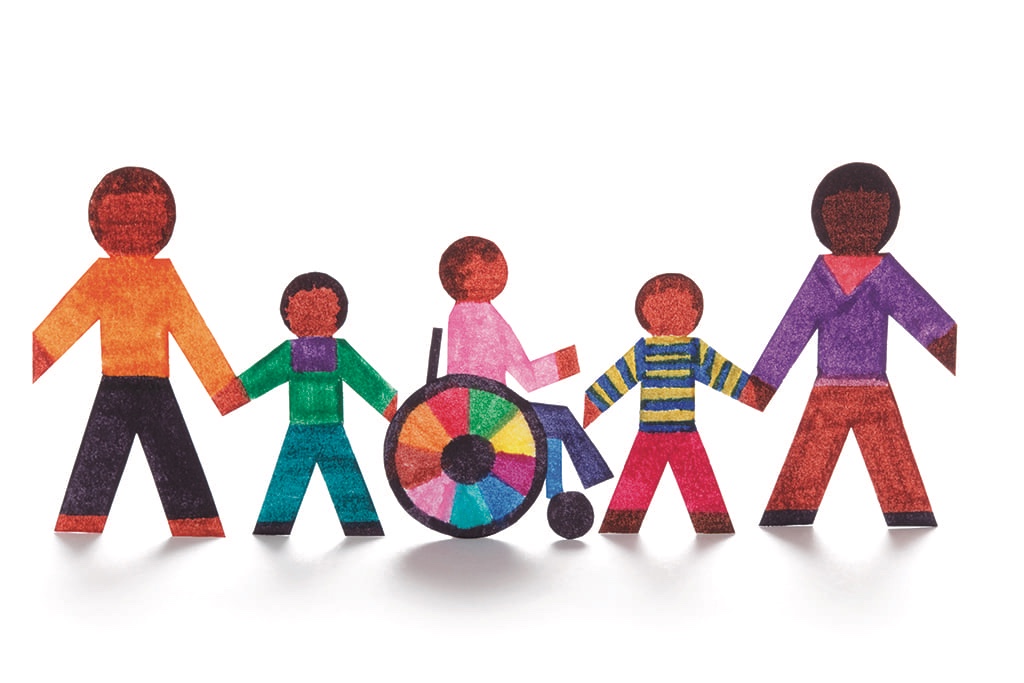
However some countries are taking actions for example south Africa , mainstreaming and universal access for persons with disabilities are the ultimate goals of the disability movement in south Africa . This means the removal of all cultural, physical, social and other barriers that prevent persons with disabilities from equally accessing opportunities and participating fully in all aspects of life.
Ways you can support people with disabilities <3 :
-Speak directly to them, make eye contact
-Be aware of personal space , some people who use a mobility aid, such as a wheelchair, walker or cane, see these aids as part of their personal space.
-Ask first and follow their lead , don’t just assume people need help.
-When setting meetings check accessibility, confirm a meeting place in advance of the meeting and send detailed instructions on the accessibility of the venue




